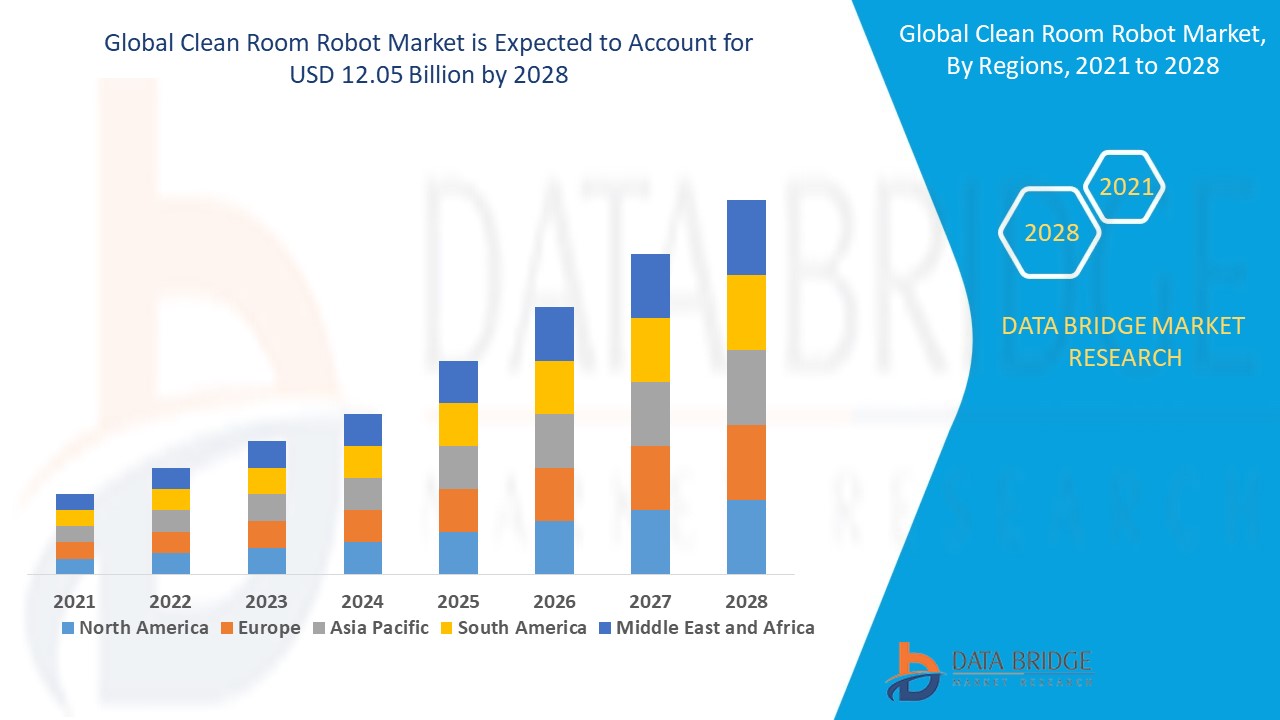A Data Clean Room (DCR) is a secure, cloud-based computing environment where data analysts can access, store and manipulate sensitive data without fear of it being hacked, compromised or otherwise exposed. So, as your mum would say: "it's time to clean your room".

Think of DTRs as virtual hazmat suits for data analysts. They're protected by strong encryption protocols and authentication techniques, which means only authorised personnel can access them.
This provides a much higher level of privacy and security than traditional computer networks, which are about as safe as a toddler with a box of matches.
Big companies like Amazon, Microsoft, and Apple are all using DTRs to store and protect their sensitive data from cybercriminals. And with good reason – DTRs make it much harder for external parties to gain access to confidential information stored on other potentially vulnerable systems.

A Data Clean Room (DCR) is a secure, cloud-based computing environment where data analysts can access, store and manipulate sensitive data without fear of it being hacked, compromised or otherwise exposed.
DCRs are becoming increasingly popular in the world of data security, as they provide a safe place for analysts to work with sensitive data without compromising its integrity.
Data clean rooms are typically situated within an organisation’s existing IT infrastructure and make use of strong encryption protocols and authentication techniques.
The idea is to keep the internal network secure from outside attacks while at the same time providing analysts with the ability to access, store and process sensitive data safely.
Additionally, DCRs offer a number of other benefits that make them attractive solutions for organisations dealing with large volumes of confidential information.

First, since all activities conducted within a DCR are encrypted and monitored by authorised personnel only, it provides a much higher level of privacy than traditional computer networks.
For example, if an analyst needs to access information stored on another server or system connected to the internet, they would have to go through the DCR first before accessing it.
This makes it much harder for external parties to gain access to confidential information stored on other potentially vulnerable systems.
Second, since all activities in a DCR are conducted under controlled conditions using encryption and authentication protocols established by the organisation in question, this ensures that only approved personnel have access to sensitive data files and documents.
The added layer of security helps reduce the chances of unauthorised individuals gaining access to confidential information stored within an organisation’s IT infrastructure.
Thirdly, DTRs allow organisations to easily manage their massive amounts of sensitive data in one secure space. This makes it much easier for organisations to control their own data sources while protecting them from outside threats or malicious actors who may be looking for opportunities to exploit vulnerable systems.
Finally, since all activities conducted within a DCR are recorded and supervised by authorised personnel only, this makes it easier for organisations to track down any suspicious activity that might be taking place within their networks quickly and effectively.
One example of a company using Data Clean Rooms (DCR) is Amazon. Amazon stores and processes sensitive customer data with the highest levels of security. To ensure secure data storage and access, the company utilises DCRs to secure its customer data. By using authentication protocols and strong encryption techniques, Amazon can guarantee that only authorised personnel have access to customer information.

Another example is Microsoft. Microsoft uses DCRs to store, process, and protect its corporate and customer data from external threats or malicious actors looking for opportunities to exploit vulnerable systems.
Microsoft’s data clean rooms are protected by strong encryption algorithms, which ensures that only authorised personnel may gain access to confidential documents stored inside the room.
Additionally, Microsoft tracks all activities conducted within the clean room and is able to quickly detect any suspicious activity that might be taking place inside the network.
In conclusion, Data Clean Rooms (DCRs) provide organisations with an additional layer of security when dealing with large amounts of confidential information stored in their IT infrastructure.
By keeping activities encrypted and monitored under strict conditions set by the organisation itself via authentication protocols established by them alone – DCRs help ensure that only approved personnel may gain access to confidential documents inside a secure computing environment free from external threats or malicious actors looking for opportunities to exploit vulnerable systems.
